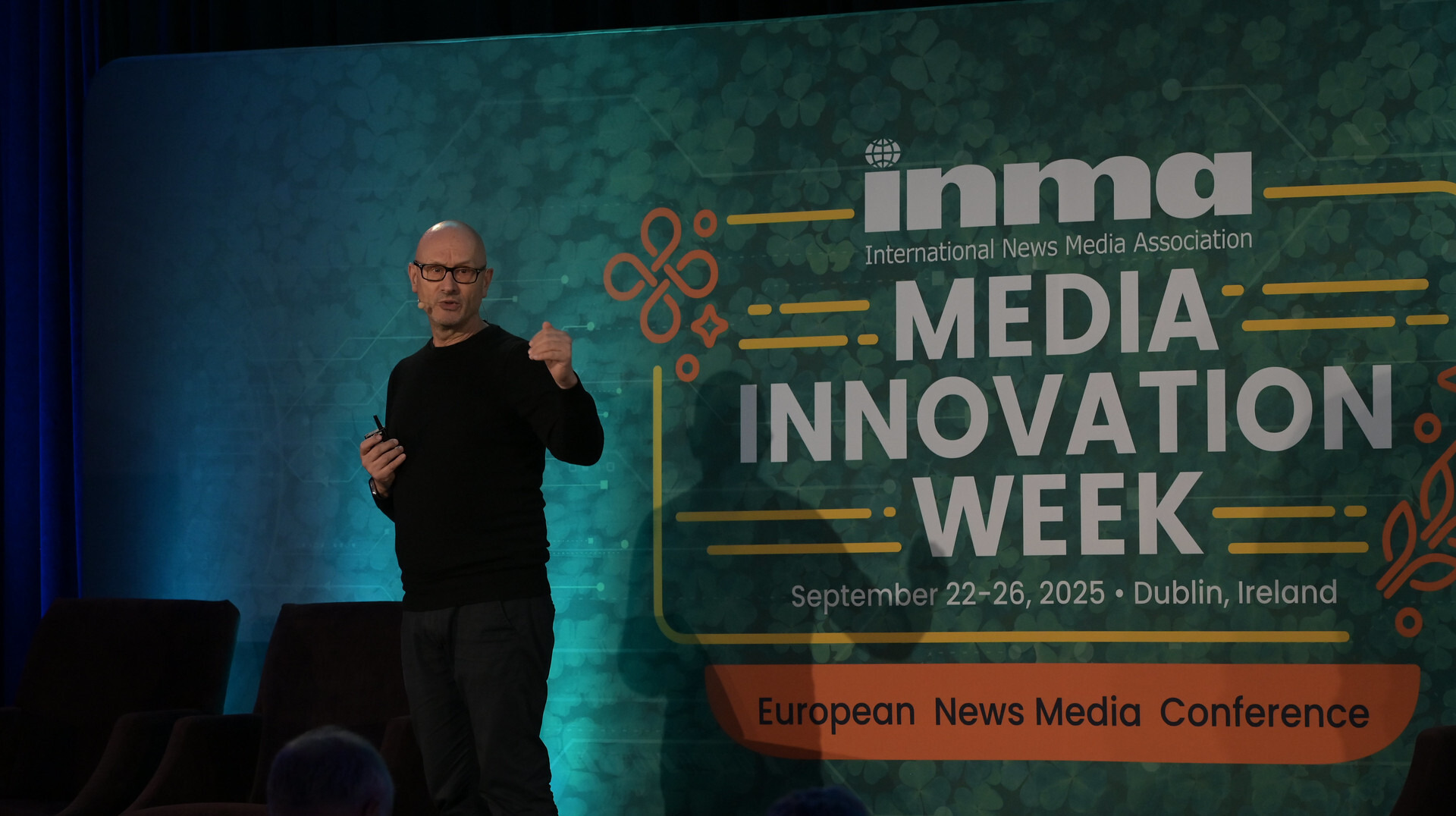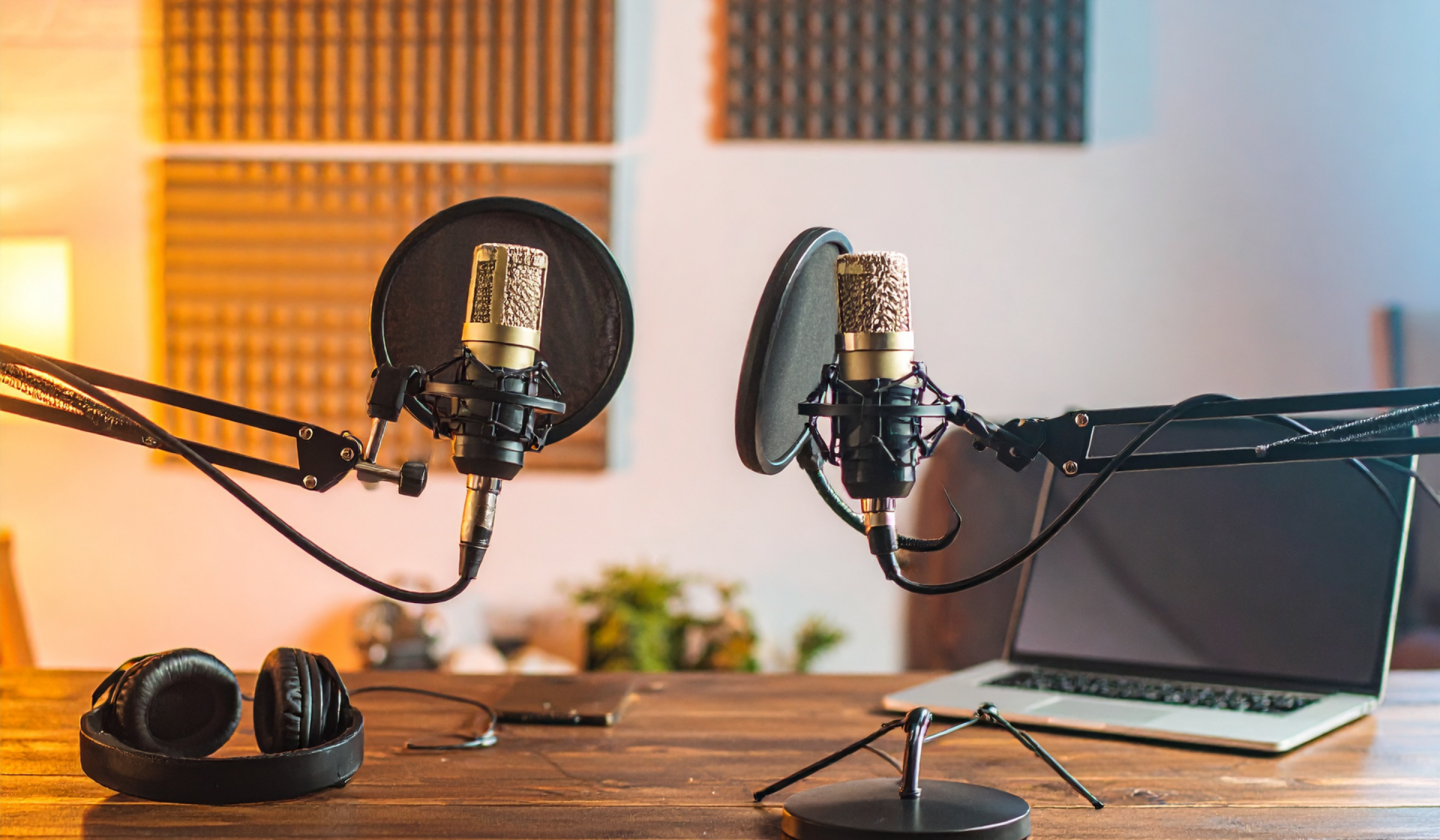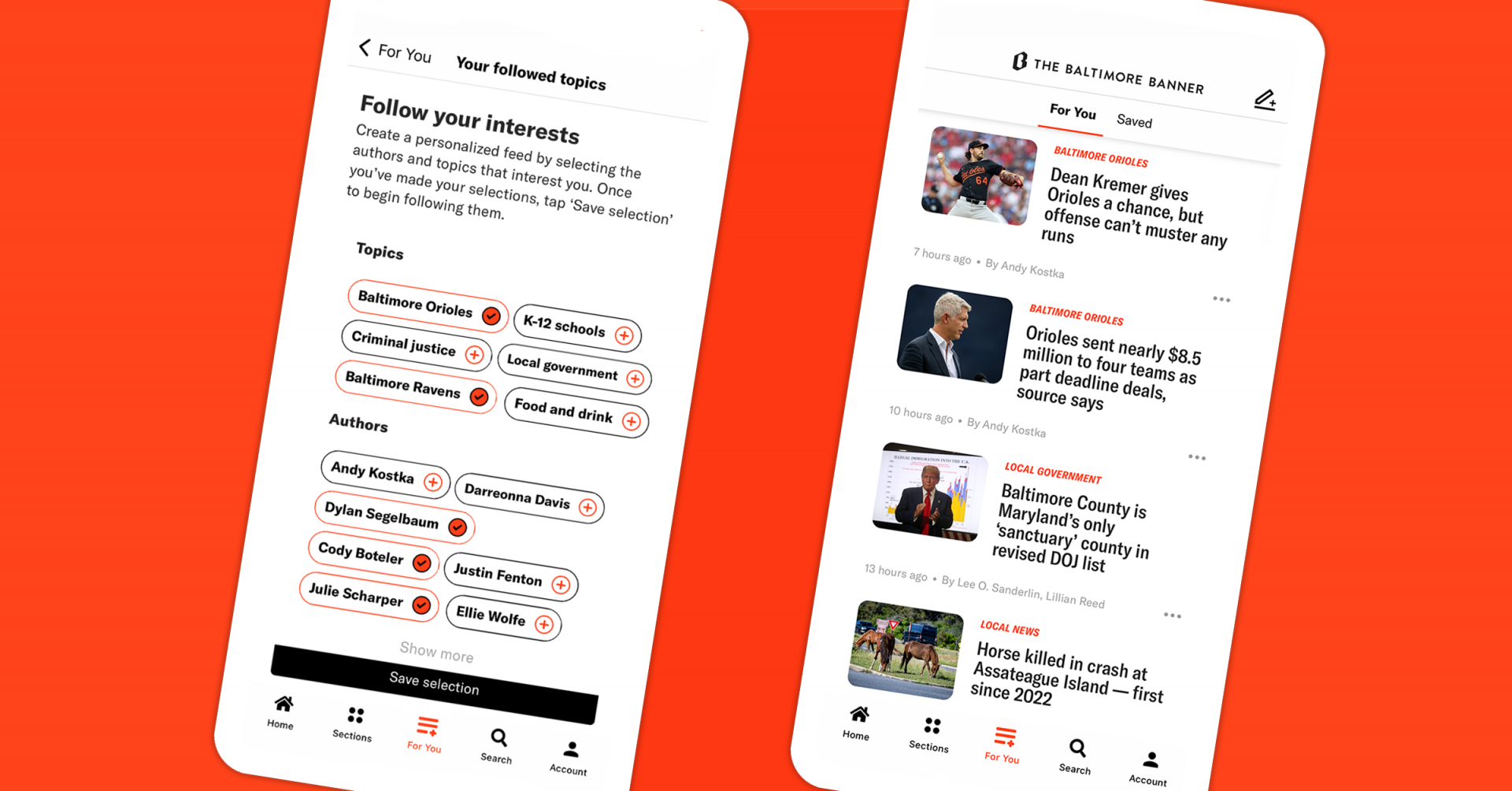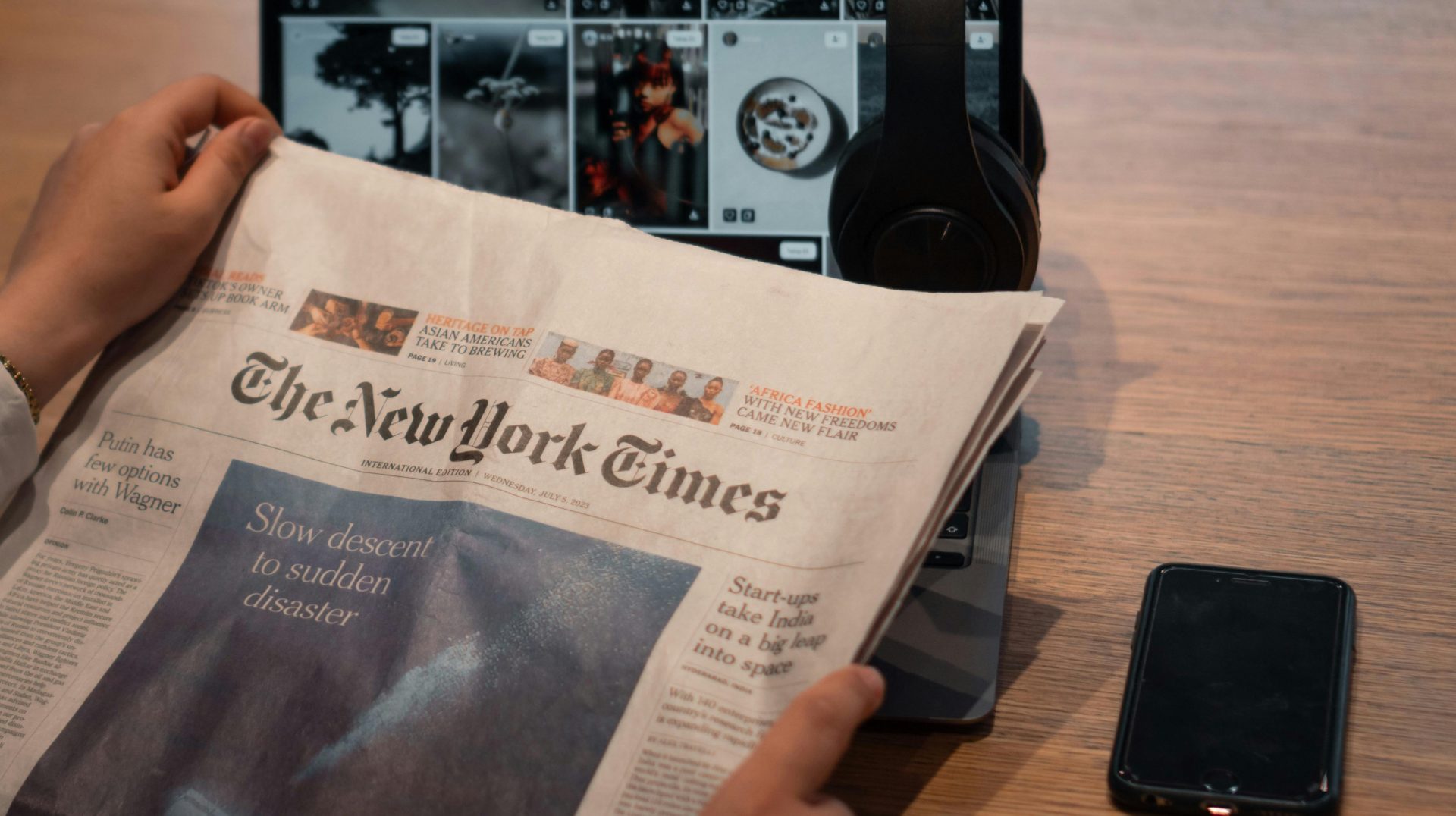
Newsletter
Newsletter
Lessons from Newsday’s YouTube revamp
29th October 2025

Delivering audio and video content off-platform, on channels like YouTube, Apple Podcasts and Spotify, is increasingly popular among publishers. For some media companies it is a way to address the threat of declining traffic coming from search and social, presenting an opportunity to engage new users who might never land on an owned property.
However, converting users from those third-party platforms presents a persistent challenge. For many publishers, off-platform content generates revenue that remains ancillary to the core business rather than strategically integrated. This impacts the prioritisation these formats receive and limits their ability to support the primary subscription and advertising models that drive profitability.
Yet a growing number of publishers are combining successful strategies on third-party platforms with measurable subscriber growth and deeper on-platform engagement. These success stories reveal practical playbooks for turning off-platform audiences into loyal, paying customers. In today’s media bulletin, we’ll examine these approaches and the results they’re delivering.
In an era where young audiences spend more time off-platform than ever, publishers must meet them where they are. YouTube has become the number one podcast discoverability platform, capturing one-third of weekly podcast listeners in the United States. Video podcasts are reshaping the industry: 51% of Americans have watched a podcast and 48% have both listened to and watched them, according to data from RSS.com. This dual-format consumption creates opportunities for publishers to capture attention during evening viewing sessions while maintaining audio-only engagement during commutes and daily routines.
The financial potential is substantial. UK digital publishers reported digital audio revenue growth of 73% year-over-year in Q2 2025, while video grew 12%. Globally, the podcast market reached $39.63 billion in 2025, with podcast ad spending projected to hit $4.46 billion, an 11% increase since 2024. Publishers who ignore these platforms risk missing a massive monetisation opportunity that complements rather than cannibalises their core subscription business.
In an article for INMA, Gabriella Vukelić, Director of Social Media for Newsday, explained how the Long Island-based publisher revamped its YouTube strategy to use Shorts for acquisition and long-form video for retention. Since implementing the changes, Newsday has seen a 60% increase in YouTube subscribers and a 214% year-over-year increase in overall video views. Crucially, this off-platform success has translated into on-platform gains. They drove over 3,000 Newsday digital subscription sales which they put down to the increase in attention that YouTube drew to their website and Newsday TV.
Newsday strategy included introducing a weekly “Newsday Explains” series featuring short, local-interest videos under three minutes. The team optimised titles, descriptions, and thumbnails for search discoverability and partnered with regional influencers through a Brand Ambassador Program to broaden reach. They learned from social platforms by creating TikTok segments including an “in case you missed it” weekend news roundup, a point-of-view coffee conversation format and a “get ready with me” style show covering weekend activities.
Critical to their success was cross-promotion on Instagram and TikTok, where vertical video formats favoured by algorithms helped content reach new audiences. The team also discovered that less is more. Posting too many videos led to oversaturation and reduced visibility, so they became selective about which content to reshape vertically and prioritised social-first storytelling.
Newsday’s experience reinforces a key finding from broader industry research that regular posting is essential for YouTube success. Analysis of the top 150 podcasts found that 85.4% posted video regularly and there was not a single show to gain over a million subscribers while posting irregularly. Consistency in publishing cadence builds audience habits and algorithm favour, making it perhaps the most important factor driving subscriber growth on the platform.
Several publishers have discovered that serialised podcasts can be lucrative when paired with strategic monetisation. Seventy percent of podcast ad revenue comes from shows published weekly or biweekly, with host-read ads commanding 55% of total podcast ad revenue, the most effective format for driving listener action.
Publishers are increasingly using exclusive, subscriber-only audio content on Spotify and Apple Podcasts as conversion tools. By packaging content as premium experiences such as early-access episodes, behind-the-scenes interviews, or ad-free listening, publishers can transform casual fans into loyal subscribers. The key is offering genuine added value that justifies the subscription cost while using free content as a discovery and sampling mechanism.
Local business sponsorships provide another revenue stream that works particularly well for regional publishers. By aligning investigative series or community-focused podcasts with relevant local advertisers, publishers can underwrite production costs while building relationships with businesses that value targeted, engaged local audiences.
To guide audiences from YouTube and podcast platforms back to owned channels, publishers need deliberate conversion strategies embedded throughout the user journey. Start by including clear “Subscribe Now” calls-to-action and deep links in video descriptions, show notes, and pinned comments. These should direct users to specific landing pages optimised for conversion rather than generic homepages.
Offer bonus material as subscription incentives: behind-the-scenes clips, extended interviews, early-access episodes, or exclusive Q&A sessions that reward subscribers with content unavailable on free platforms. This “freemium” model allows you to build an audience on open platforms while reserving premium experiences for paying members.
Analyse off-platform analytics to pinpoint high-engagement topics, formats, and audience segments, then mirror those themes in app-exclusive sections like “Watch the Full Episode” or “Listen Now”. If a particular investigative series or personality-driven show performs exceptionally well on YouTube, create follow-up content or deeper dives available only to subscribers.
By embracing off-platform distribution for audio and video, publishers can forge valuable new revenue channels and, crucially, bring fresh audiences into their owned ecosystems, fueling sustainable growth and deepening subscriber relationships. The key is treating off-platform content not as a separate initiative but as an integrated part of your audience development and subscription strategy.
Success requires consistent publishing cadence, strategic use of platform algorithms, clear conversion pathways and integrated analytics that connect off-platform engagement to owned-platform subscriptions and revenue. Publishers who master this balance will be best positioned to weather the ongoing disruption in search and social referral traffic while building direct relationships with engaged, paying audiences.
Here are some of the most important headlines about the business of news and publishing as well as strategies and tactics in product management, analytics and audience engagement.

Newsletter

Newsletter

Newsletter

Newsletter